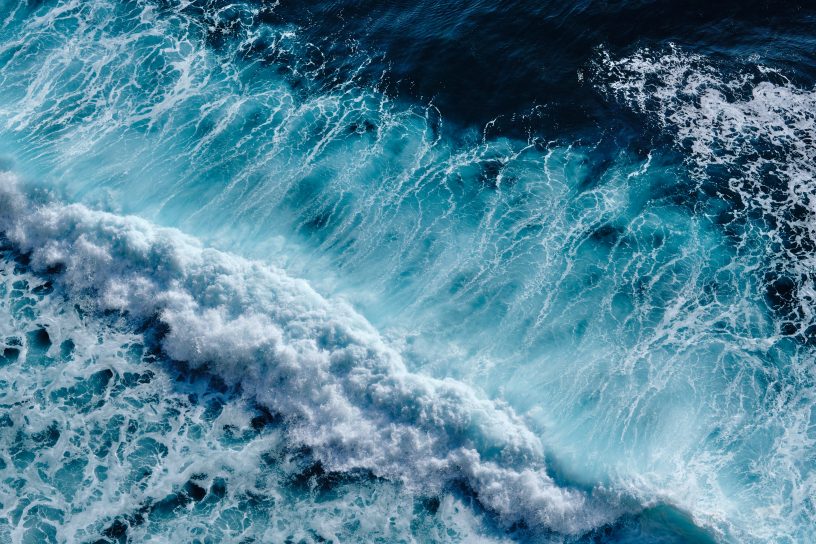
Monitoring by Ocean Wise, and others, leads to listing of Sunflower Sea Stars as Critically Endangered
Sunflower Sea Stars now listed as critically endangered on IUCN Red List
By: Amanda Weltman, Field Research & Data Assistant
The sunflower sea star (Pycnopodia helianthoides) is the largest, and one of the fastest, sea stars in the world. It can reach up to 1 meter in diameter and move at 1 meter per minute. However, nowadays you’re lucky if you see a full-grown adult of this species when diving anywhere in their natural range, from Alaska to Baja California, Mexico.
They were once known for being a top predator in these waters, preying on animals such as sea urchins that live in and feed on kelp beds. However, in 2013, they were one species affected by a mass die-off event called sea star wasting syndrome (SSWS). SSWS is believed to be the largest marine wildlife epidemic on record.

The sunflower sea star was the hardest hit sea star species during this event, resulting in more than 90% of their population declining. It is estimated as many as 5.75 billion sunflower sea stars died. As a result, the International Union for Conservation of Nature (IUCN) Red List officially listed this species as Critically Endangered in December 2020, in response to an international collaborative study, of which Ocean Wise was a major contributor. Critically endangered is when a species faces an extremely high risk of extinction in the wild.
During the wasting event of 2013, the loss of sea stars was almost immediately apparent. Sea stars were disintegrating right in front of our eyes, arms would detach from their bodies, and they would turn into gelatinous blobs – like something out of a horror movie.


Not only was the species decline visually apparent, but we were also able to track it through our monitoring data. Researchers from Ocean Wise’s Ocean Biodiversity Research Team have been monitoring marine biodiversity and collecting data in British Columbia for over 40 years. The collection of biodiversity sightings allows the team to track trends, pinpoint when epidemics like this one occur and contribute to international collaborations to conserve species.
Since the outbreak, there has been little sign of recovery. Mexico and California have not had any sightings of sunflower sea stars since 2016 and 2018 respectively. The removal of this keystone predator has affected the entire underwater community. Sea urchin populations have dramatically increased due to lack of predation from sunflower sea stars, and as a result have decimated many kelp forests. At the same time, warming waters have also taken a toll on kelp forests making it even harder for them to recover.
The designation of this species as Critically Endangered is the first step towards their recovery. Organizations like The Nature Conservancy, The University of Washington and the Seattle Aquarium are researching how to captively rear sunflower sea stars in the hopes they might be able to reintroduce them, but this will be many years away.
If you’re a diver and would like to help in the recovery of this species, you can report sightings to seastarwasting.org or inaturalist.org.

Posted January 14, 2021 by Ocean Wise







